1.What is PPR water supply pipe
PPR water supply pipe, full name is type III polypropylene pipe (Polypropylene Random Copolymer), is a plastic pipe widely used in water supply systems. PPR pipe has good physical and chemical properties and is suitable for hot and cold water delivery systems.
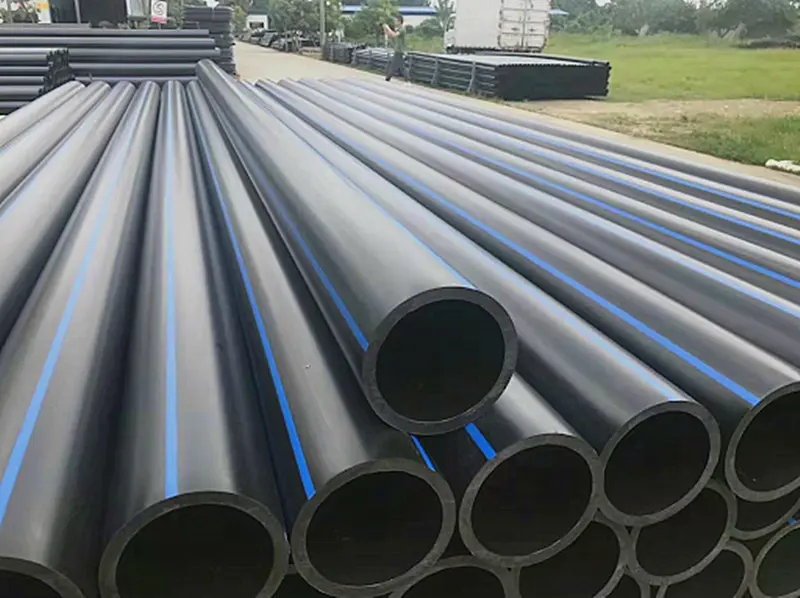
2.What is PE water supply pipe
PE water supply pipe refers to a water supply pipe made of polyethylene (Polyethylene) material. PE water supply pipe is widely used in municipal water supply, agricultural irrigation, industrial water and other fields. Due to its excellent performance and reliability, it gradually replaces traditional metal pipes and other types of plastic pipes.
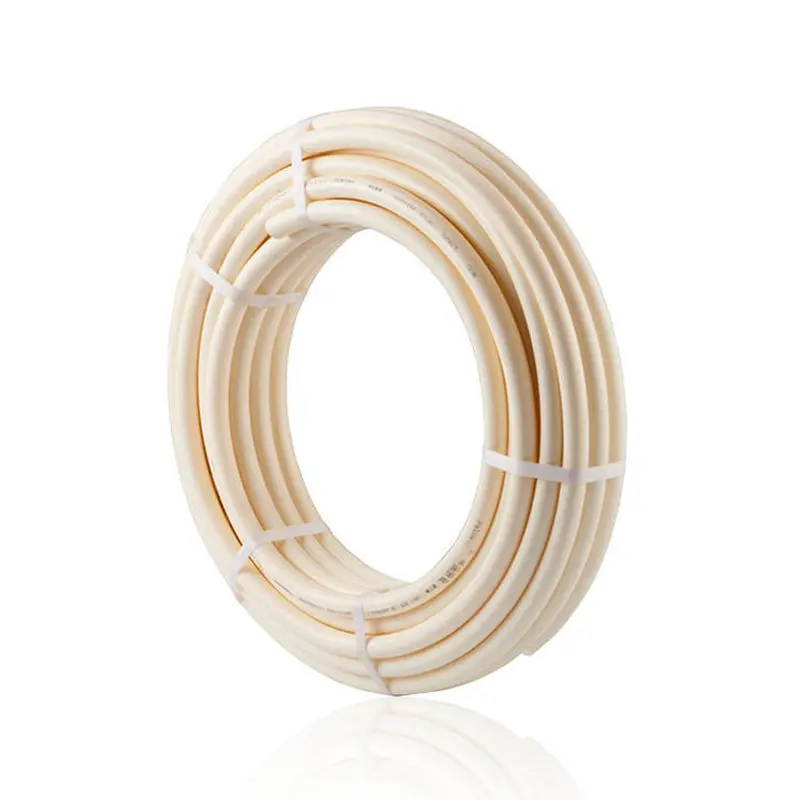
3.Comparison of PE PIPE and PPR PIPE
PE water supply pipe and PPR water supply pipe are two common water supply pipe materials. Although they are both widely used in water supply systems, there are some differences in material properties, scope of application, installation methods and performance. The following is a detailed comparison of them:
3.1.Material properties
PE water supply pipe:
Material: Polyethylene (Polyethylene).
Flexibility: PE pipe has good flexibility and impact resistance, and can adapt to a certain degree of geological changes and external pressure.
Corrosion resistance: PE pipes have strong corrosion resistance to a variety of chemicals and are not easily affected by corrosion.
Low temperature resistance: PE pipes have good low temperature resistance and can remain flexible even in low temperature environments.
PPR water supply pipe:
Material: Polypropylene Random Copolymer (Polypropylene Random Copolymer).
Hardness: PPR pipes are relatively hard, with high rigidity and pressure resistance.
Corrosion resistance: PPR pipes have good corrosion resistance to most chemicals, but may perform poorly in some strong oxidant environments.
High temperature resistance: PPR pipes have good high temperature resistance and are suitable for hot water supply systems, with a maximum temperature of 95°C.
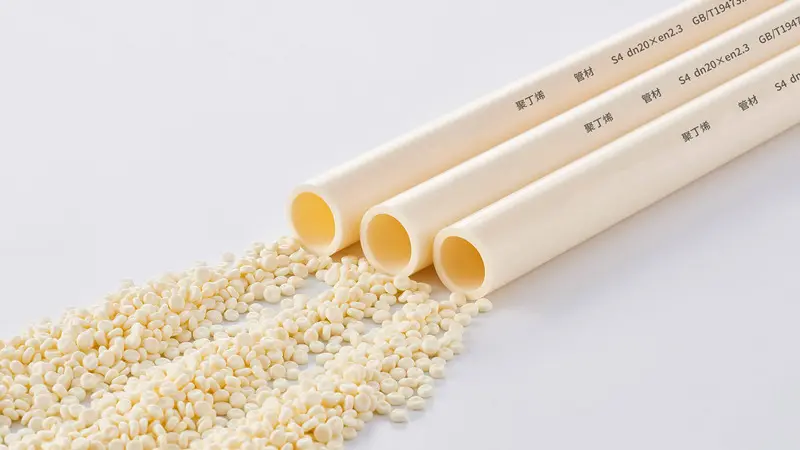
3.2.Application range
PE water supply pipe:
Municipal water supply: drinking water delivery pipelines in cities and villages.
Agricultural irrigation: farmland irrigation systems.
Industrial water: water source delivery and discharge in factories and mining areas.
Wastewater treatment: sewage treatment plants and sewage pipe systems.
PPR water supply pipe:
Building water supply system: cold and hot water supply systems for residential and commercial buildings.
Heating system: hot water delivery for floor radiant heating and central air conditioning systems.
Industrial liquid delivery: liquid delivery systems in chemical, pharmaceutical and other industries.

3.3.Installation method
PE water supply pipe:
Hot melt connection: use a special hot melt tool to heat the pipe and pipe fittings to a molten state, then quickly connect them, and form a firm connection after cooling.
Electric fusion connection: use an electric fusion sleeve to heat and melt the pipe and pipe fittings through electric current, and form a tight weld after connection.
PPR water supply pipe:
Hot melt connection: also use hot melt connection, the pipe and pipe fittings are quickly connected after heating to a molten state, and form an integrated joint after cooling.
3.4.Performance comparison
No. | Items | PE Pipe | PP-R Pipe |
1 | High temperature resistance | Poor (≤ 60℃) | Excellent (up to 95°C) |
2 | Low temperature resistance | Excellent (good flexibility | Poor (brittle at low temperature) |
3 | Corrosion resistance | Excellent | Excellent |
4 | Flexibility | Excellent | Poor |
5 | Installation Difficulty | Easy | Easy |
6 | Service life | Long (over 50 years) | Long (over 50 years) |
7 | Pipe diameter(mm) | 20-200 | 20-160 |
8 | Wall thickness(mm) | 2-5 | 2-5 |
9 | Price range (m) | $1-$10 | $1.5-$8 |
3.5.Advantages and disadvantages summary
3.5.1.Advantages and disadvantages of PE water supply pipe:
Advantages:
Good corrosion resistance and chemical resistance.
Good flexibility, can adapt to geological changes.
Lightweight, low construction and installation costs.
Non-toxic and environmentally friendly, suitable for drinking water transportation.
Disadvantages:
Sensitive to ultraviolet rays, may degrade under long-term exposure to sunlight.
Performance may decrease in high temperature environment.

3.5.2.Advantages and disadvantages of PPR water supply pipe:
Advantages:
Excellent high temperature resistance, suitable for hot water supply system.
Non-toxic and environmentally friendly, meets drinking water standards.
Corrosion resistant and long service life.
Disadvantages:
Poor flexibility, easy to crack in low temperature environment.
The price is relatively high.
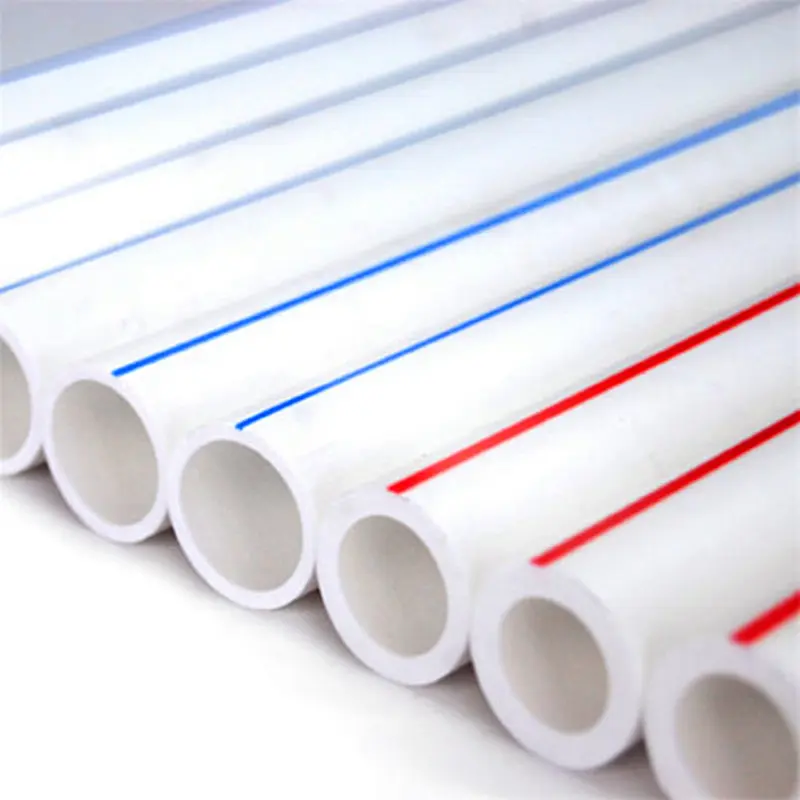
4.Summary
PE water supply pipe and PPR water supply pipe each have advantages and disadvantages, and the choice of which pipe should be based on the specific application environment and needs. For low temperature environments that require flexibility and impact resistance, PE water supply pipe is a good choice; while in high temperature and hot water supply systems, PPR water supply pipe performs well. If you have any questions about selection and design and construction, you can contact Haoyang Environmental Co., Ltd. at any time, and we can provide you with meticulous service.
Email:sale2@hygeosynthetics.com
Tel:+8616615773081
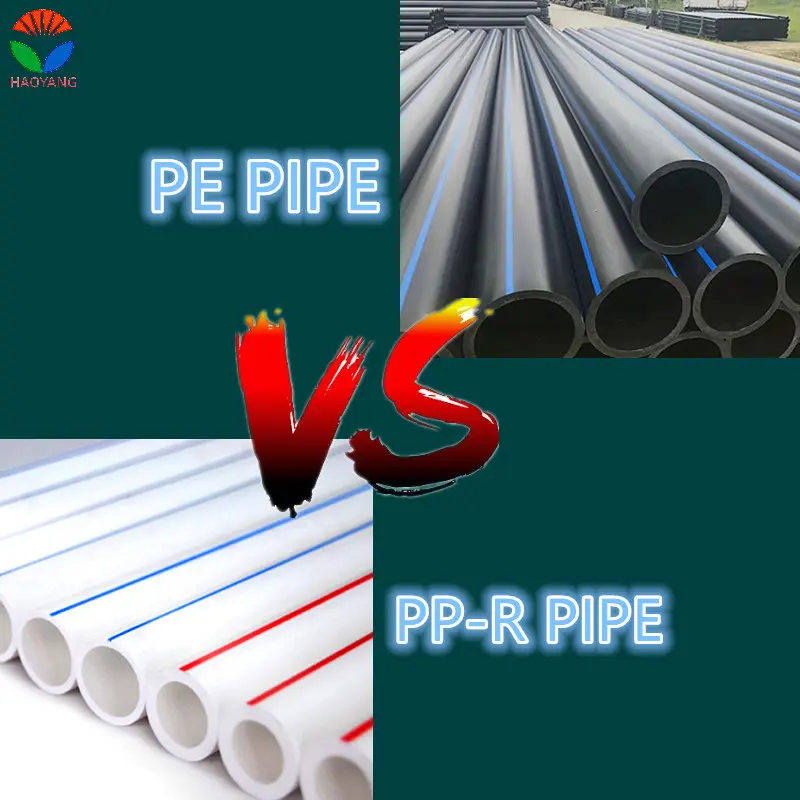
897.webp)
942.webp)
237.webp)